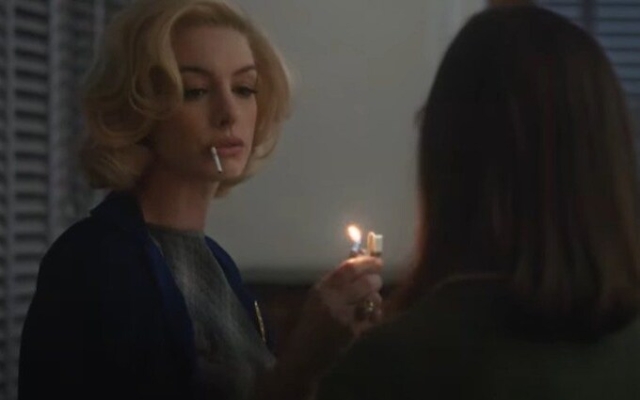 Anne Hathaway in the film Eileen
Anne Hathaway in the film Eileen
Oscar Wilde once wrote in The Picture of Dorian Gray that “The cigarette is the ideal type of the ideal person.» pleasure. It is exquisite and leaves a person unsatisfied. What more could you ask for? Over the years, cinema has taken Wilde's image of the cigarette as Plato's idea of sophistication and developed it even further.
Who can forget Sean Connery's performance as 007 in Dr. No, lighting up a Craven A cigarette as he says the words «Bond…James Bond» for the first time on screen, or Humphrey Bogart smoking disconsolately but stylishly in Casablanca, mourning to her lost love, Ilsa says, “Of all the gin bars, in all the cities, in all the world, she comes into mine.”
Smoking on screen has historically signified sexiness, class and cool. This was the case when Sharon Stone lit a cigarette in the interrogation room in Basic Instinct and taunted the detectives interrogating her: “What are you going to do? Blame me for smoking? Some of the hottest films of the nineties, from Pulp Fiction to Fight Club, featured leading characters who smoked, and they immediately became part of the zeitgeist; It’s not for nothing that Uma Thurman’s heroine on the “Pulp Fiction” poster looks defiantly, with a cigarette clutched in her hand, with dignity and challenge.
When we came of age in the nineties, it was hard not to be impressed by it all, even though we were surrounded by health warnings; by the time I was at university, almost everyone I knew smoked. The only reason I held back was because I was frankly bad at it, although I still had a few ridiculous experiments clutching my Marlboro lights as if they would mean instant coolness for me if I mastered the art of inhaling them.
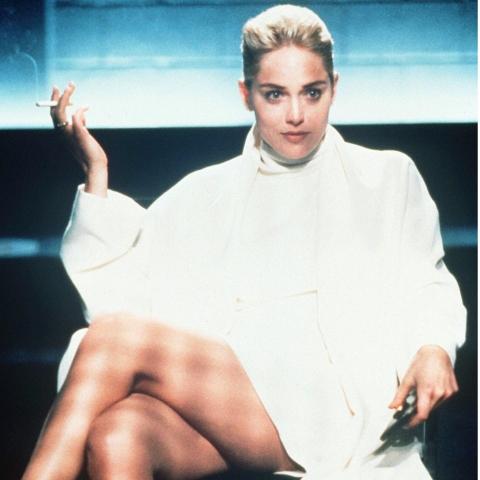 Sharon Stone in the movie «Basic Instinct» Author: Rex
Sharon Stone in the movie «Basic Instinct» Author: Rex
Two decades later, the world is a very different place. The indoor smoking ban in 2007 immediately made bars, pubs and restaurants significantly less hospitable to smokers, and the combination of increasingly punitive tobacco tax increases and growing awareness of the seemingly endless illnesses that a heavy smoking habit can lead to. meant that it is now almost rare to see people with a cigarette in their hands, although its less stylish replacement — vaping — has become almost ubiquitous.
Last year the government, in what they called «the biggest public health intervention in a generation», announced that it would raise the minimum smoking age every year with the intention of eventually making it impossible for anyone to legally buy tobacco. The aim is for Britain to be smoke-free and for less than five per cent of adults to smoke by 2030; There are currently still six million smokers in the UK, whose habit means the tobacco industry will pay £10 billion in taxes in 2022.
The United States has also begun to crack down on smoking; Although the government has never attempted any kind of total tobacco ban, smoking rates have dropped nearly in half over the past two decades, from 20.9 percent of adults smoking in 2005 to 11.5 percent in 2021, thanks to many states and In cities from New York to California, smoking in indoor public places is becoming virtually impossible.
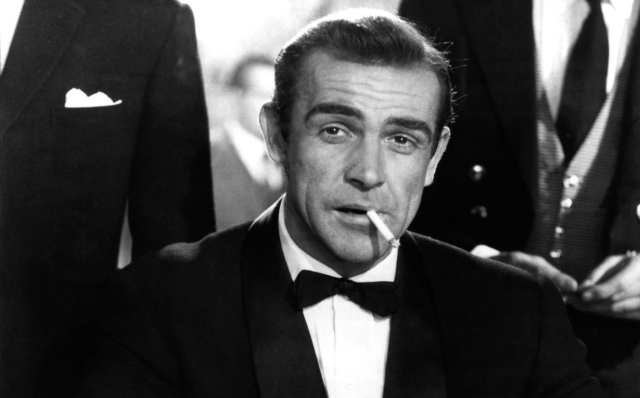 Sean Connery in Dr. No, photo: Alamy
Sean Connery in Dr. No, photo: Alamy
This concern for health—some would call it criticism or interference—has extended to film. The last James Bond to smoke was Pierce Brosnan in his infamous swan song, Die Another Day. And after a brief period during which on-screen smoking in mainstream cinema was the exclusive preserve of the villains and the doomed, it seems to have almost completely disappeared.
The top-grossing films of the last few decades — The Avengers, Star Wars, Jurassic World and the like — are cigarette-free zones, and it would be almost unthinkable for their stars to be seen smoking in public. When Iron Man himself, Robert Downey Jr., admitted in 2010 that he was again addicted to cigarettes, it seemed like a truly subversive confession (and this from a man whose substance abuse landed him in prison); Ten years later, it became clear that he had given up the cancer sticks in favor of diet, exercise and meditation. In 2015, Disney completely banned smoking in films, and five years later censored scenes in which Goofy bursts into flames with his Dinsey+ streaming service.
However, after many years of cinematic abstinence, smoking has begun to reappear in mainstream cinema. In Anne Hathaway's new film Eileen, starring Hathaway as enigmatic prison psychiatrist Rebecca St. John, the actress smokes unabashedly on screen, which the health-conscious star says marked a significant change of pace for her.
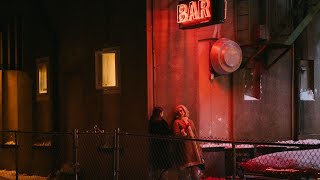
«Playing someone who's a little elevated, especially when you're someone who, let's just say, I've become familiar to the audience to know that you're shaking up what maybe they expected from you — from the way you sound, from the way you walk, to the color of your hair, to the fact that you smoke,” she said recently. “I was a little afraid whether the audience would support me in this performance.” The excellent reviews it has received suggest that this is the case.
A similar sense of transgression was present in Emerald Fennell's much-talked about new dark comic thriller Saltburn, in which Alison Oliver's character Venetia Catton, the aristocratic daughter of the owners of the mansion of the same name, is shown rebelliously smoking at the dinner table; this will lead (spoiler alert!) to her being punished twice: first by her apparent death by suicide, and second by the revelation that she was coerced into committing this act by a diabolical social climber played by Barry Keoghan Oliver Quick.
This may seem like a steep price to pay for too many cigarettes at dinner, but Venice is nevertheless portrayed as a glamorous, if troubled, character. As with so much else in Saltburn, crime and seductiveness go hand in hand.
Help, I saw SALTBURN and I can't stop smoking cigarettes in a sensual and cinematic way pic.twitter.com/mQF1p0oEXw
— DeVon Taylor (@_daddydisco) November 25, 2023
Of course, there is much more freedom in films made in certain periods of time. While few films have gone as far as Mad Men, which featured characters (even pregnant women) constantly alternating between cigarettes and martinis, everything from Bradley Cooper's Netflix film Maestro to Baz Luhrmann's Elvis feature their protagonists smoke. In 2019, Netflix said, «We recognize that smoking is harmful and when its positive portrayal on screen can negatively impact young people,» it's hard not to believe that filmmakers are tired of the new spirit of censorship. Are we looking back to a golden age of glamor and excitement on screen, when eclectic films like Grease, The Graduate and The Good, The Bad and the Ugly managed to make smoking iconic and exciting?
Variety estimates that of last year's Oscar-nominated films, nine of the 10 nominated for Best Picture featured cigarettes or tobacco in some capacity, including the box office mega-grosser «Top Gun: Maverick.» It would seem that smoking is back in fashion.
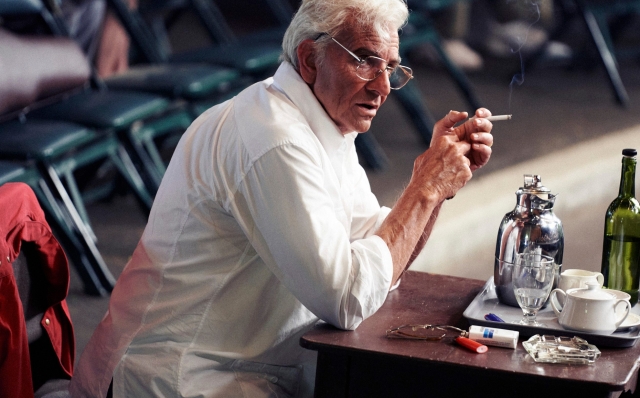 Bradley Cooper in the movie «Maestro»
Bradley Cooper in the movie «Maestro»
For some, the appeal is obvious. As lifestyle and culture journalist Kara Kennedy, who wrote about her love of the activity, told me: “I'm an unrepentant smoker because I don't see anything I need to repent of. I like it because it is one of the most civilized vices one can follow; it's stylish, sociable and fun. Plus, it was good enough for some of the greatest actors of all time, and it's set the tone for me ever since.»
And Simon Clarke, director of the (especially non-smoking) smokers' lobby group Forest (Freedom for the Right to Enjoy Smoking Tobacco), observed that «if directors of more adult-oriented films resist attempts to censor their work, it is denying them the creative freedom to portray smoking on screen would be welcomed. Smoking in movies should never be gratuitous, but if it's driven by character or plot and reflects the real world, what's the problem?»
Others see it in more subtle terms. Film scholar Lucy Bolton is quick to acknowledge the appeal of on-screen cigarette-smoking stars. “I think of Bette Davis and Ava Gardener smoking and that's part of their glamor, but it's also a major part of Sean Young in Blade Runner and Michelle Pfeiffer in The Fabulous Baker Boys… From James Dean to Johnny Depp, Lauren Bacall. Lily Depp, if it looks attractive and cool, it will impress an impressionable audience.»
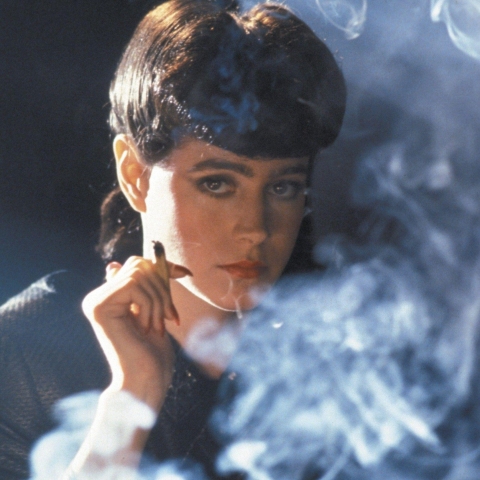 Sean Young in the film “Blade Runner”, photo: Alamy
Sean Young in the film “Blade Runner”, photo: Alamy
Bolton attributes the rise of modern on-screen cigarette smoking to «perhaps a rebellion—a libertarian rebellion—and people who refuse to be told what to do,» even though she notes that «vaping exists now, and it seems much less disruptive » . In her opinion, if people like Timothée Chalamet and Naomi Ackie are publicly associated with smoking, it will significantly increase the popularity of this activity. “These are young, cool actors who have vibrant personalities and seem to be fun. They're stylish, and that's what matters.»
Clarke disagrees: «Most people are smart enough to differentiate between an actor and the role he's playing on screen, so talk of 'the impressionable public' is rather condescending,» he says. “And if the main star smokes in real life, then it has nothing to do with anyone else. They are actors working in an industry that I think can be very stressful. They didn’t ask to be a role model, and they shouldn’t be, so leave them alone!”
But although she recognizes the potential appeal of smoking, Bolton herself avoids it: “Having a father who died of heart disease, six heart attacks and a triple bypass — all of which were seriously affected by smoking — I have never touched the substance and never willed. » And she believes that although cigarettes are making a comeback in cinema, their day is over. «Its heyday is past, but it will always retain certain meanings, positive and negative, especially rebellion.»
 Uma Thurman in «Pulp Fiction» Photo: Allstar/Cinetext/MIRAMAX
Uma Thurman in «Pulp Fiction» Photo: Allstar/Cinetext/MIRAMAX
“Smoking will never go away,” says Clark, “but unless we invent a completely 'safe' cigarette, I can't imagine it will ever return to its former popularity. There are two reasons for this. First, there are too many restrictions on the sale and consumption of combustible tobacco, most of which are unlikely to be lifted. Secondly, we know much more about the health risks associated with smoking than we did 50 or 60 years ago, and this has obviously contributed to the fact that recent generations have not taken up smoking. I don't see that changing.»
There are many people who are unapologetic against smoking, such as Hazel Cheeseman, deputy chief executive of the group ASH (Action on Smoking and Health). Cheeseman suggested that “Cinema is a reflection of social norms and expectations. As smoking has changed in the public consciousness, its portrayal in film has changed to reflect this.»
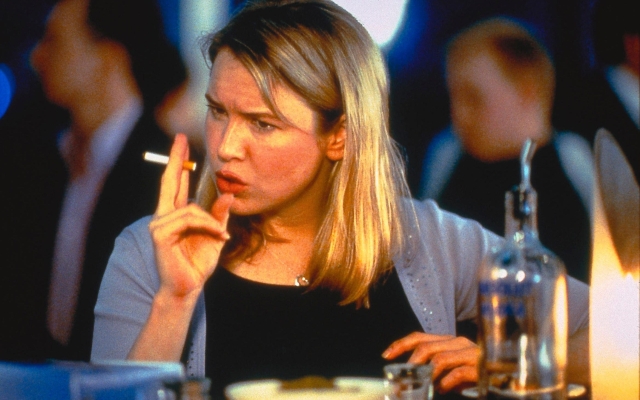 Renee Zellweger in Bridget Jones's Diary Author: Alami
Renee Zellweger in Bridget Jones's Diary Author: Alami
In her opinion, this could have detrimental consequences. She said: “The problem is having more images related to smoking. Teenagers who see smoking-related images in films are more likely to try smoking, and the nature of those images, whether positive or negative, does not seem to alter this effect.” For Cheeseman, the consequences are clear and undeniable. “It is highly addictive, kills two in three long-term smokers and costs society around £49 billion a year. The only people in society who benefit from tobacco are the big tobacco companies.»
This is obviously true. Smoking is poisonous, unhealthy and expensive. But it is also the iconography of Audrey Hepburn in Breakfast at Tiffany's, Renée Zellweger in Bridget Jones's Diary and James Dean in Rebel Without a Cause. As long as cinema exists, it's likely that cigarettes will continue to appear on screen, even as medical professionals and studios alike rail against it. Perhaps they should keep in mind another of Wilde's maxims: «Evil is a myth invented by good people to explain the strange attractions of others.»





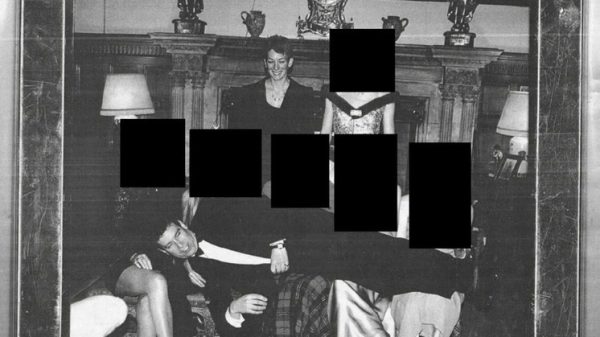













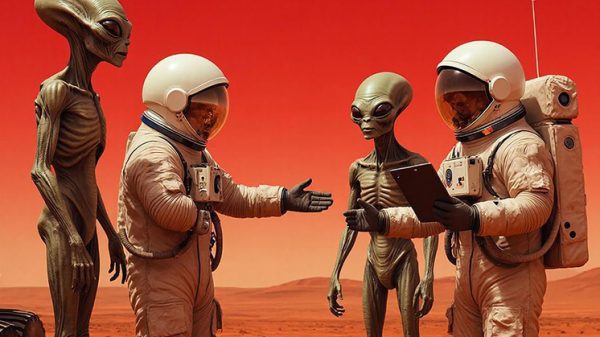
































Свежие комментарии